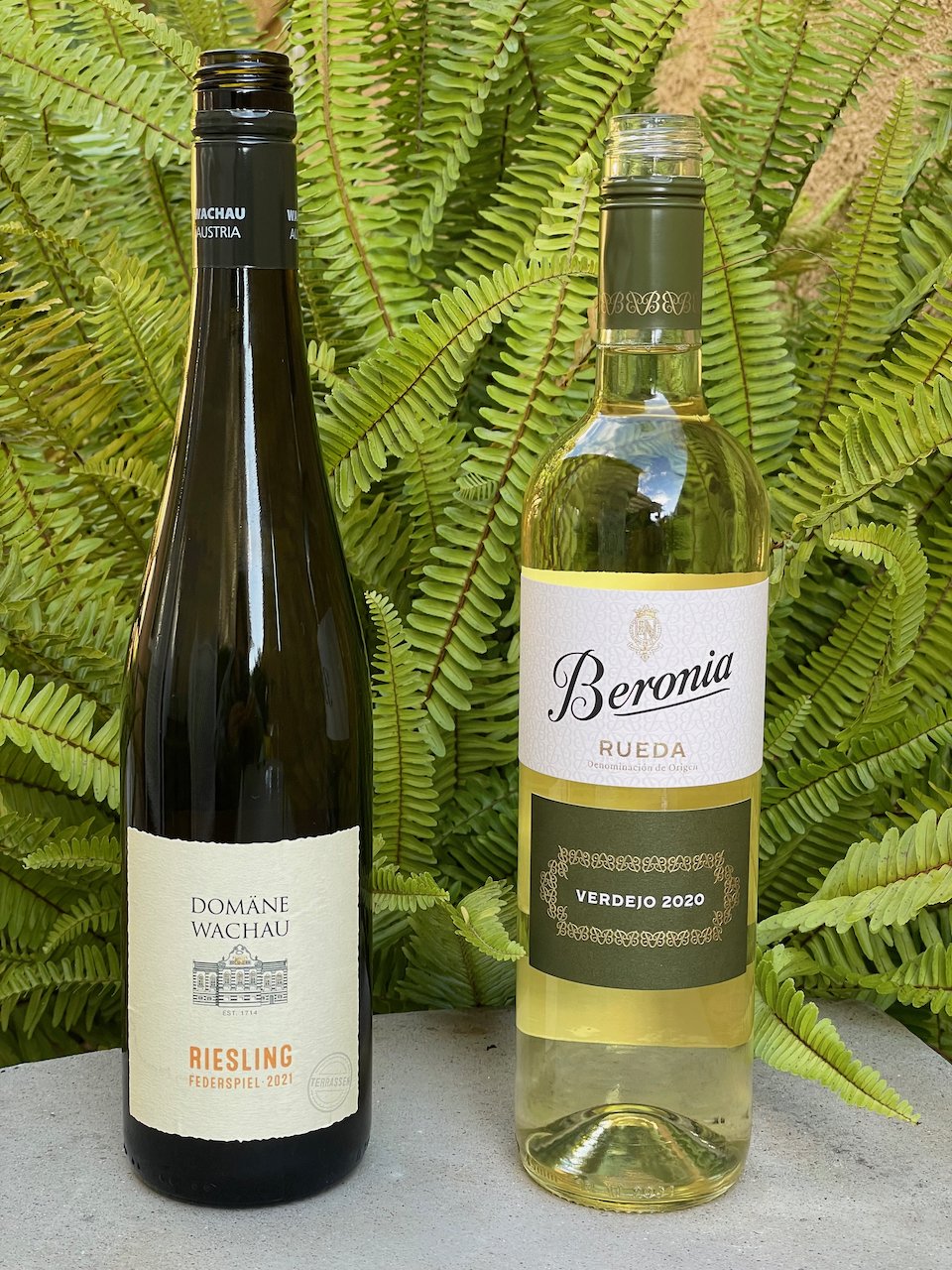Acidity in wine is one of the four fundamental traits of a good wine (Acidity, Tannin, Alcohol and Sweetness). For a wine to be considered “good,” each of these traits must be in proper proportion or ‘balance’ to each another. If there’s too much of one part, the wine will be off. And, if there’s not enough of a specific component, the wine will be lacking.
So, the acidity of a wine must play its own fine balancing act. While there are no magic “right” numbers for the level of acidity in a wine, there are generally accepted ideals. But, as usual, personal taste is still the simplest determining factor.
As a quick review, pH is a measure of acidity and is a logarithmic scale. So, a pH of 3 is ten times more acidic than a pH of 4 (the lower the pH the more acidic).
Wines lie on the acidic side of the pH spectrum, and most range from 3 to about 4.5 pH. This is compared with water, which is neutral, with a pH of 7 (not acidic), milk at a pH of 6.7, coffee at 4.5-5.0, and lemonade at 2.6 (very acidic).
Acid is important in wine because it acts biologically as a preservative. A red wine with a pH of 3.5 to 4 protects against most spoilage bacteria allowing it to age over years rather than months and allows it to develop deeper more complex flavors. In white wines there is generally stronger acidity with the pH being between 3.0 to 3.5.
In addition to the pH level of a wine, its “Titratable Acidity” or “Total Acidity” (TA) is another way of measuring acidity. And, this is a measure that usually appears on a wine’s Tech Sheet that is generally available on-line from the winery.
Most red wines will have a total acidity of about 0.6 to 0.7% TA that converts to 6 to 7 grams/Liter (g/L) – that is 6 to 7 grams of acid per liter of wine. A white wine will have a higher TA between 6.5 to 7.5 g/L
Dry White Wines – 6.5 – 7.5g/L
Sweet White Wine – 7 – 8.5g/L
Dry Red Wine – 6 – 7g/L
Sweet Red Wines – 6.5 – 8g/L
Sherry – 5 – 6g/L
So, keep those taste buds perked up and see if you can detect an acidic wine (e.g., Sauvignon Blanc) over one that is not (e.g., Viognier), or a wine where the acidity is out of balance with its other components. Cheers!






